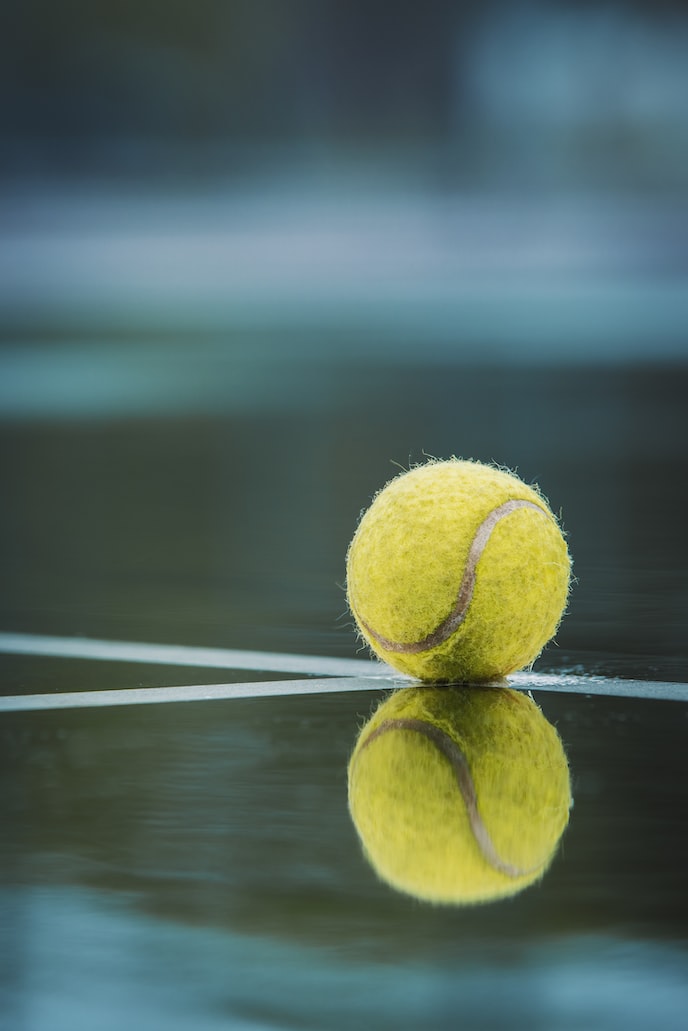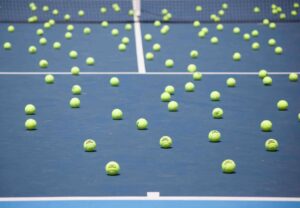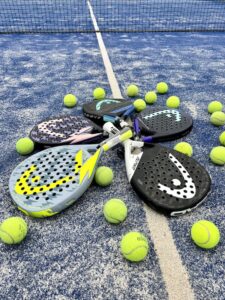The Importance of Padel Footwork: Elevating Your Game
3 min read
The Importance of Padel Footwork: Elevating Your Game
When it comes to the game of padel, there is one aspect that often gets overlooked but can make a world of difference in your performance – footwork. Padel footwork is not just about getting from one corner of the court to another; it is a fundamental skill that can elevate your game to new heights. In this article, we will explore why padel footwork is so important and how you can improve it to become a stronger and more efficient player. So, grab your racket and let’s dive in!
The Art of Padel Footwork
Imagine yourself on the padel court, ready to unleash your skills. Sure, having great shots and strong tactics is crucial, but without proper footwork, all your efforts may go in vain. Padel footwork involves more than just fancy foot patterns; it’s about positioning yourself optimally and maximizing your efficiency.
Your footwork enables you to anticipate your opponent’s shots, get into the right position to strike the ball, and quickly recover after each shot. It is the foundation of your game, and without a solid one, even the most impressive shots can fall short.
The Benefits of Good Footwork
1. Agility and Speed: Padel is a fast-paced sport that requires lightning-fast reflexes. With efficient footwork, you can move swiftly across the court, react quickly to your opponent’s shots, and reach those seemingly impossible balls with ease.
2. Balance and Stability: Padel footwork helps you maintain balance during shots and movements. A well-balanced stance allows you to execute accurate shots while keeping your body stable, preventing unnecessary errors.
3. Shot Selection: Proper footwork allows you to position yourself optimally to strike each ball. By anticipating your opponent’s shots and using the right footwork, you can gain the upper hand and hit powerful winners over and over again.
4. Energy conservation: Efficient footwork saves your energy. You don’t want to waste unnecessary effort running around the court. By mastering your footwork, you can glide through the court effortlessly, reservedly using your energy for crucial moments of the game.
Improving Your Padel Footwork
1. Foot Placement: Begin by paying attention to where your feet land after each movement. Be mindful of your balance and aim for a stable base. Practicing your foot placements will help you move more efficiently and with precision.
2. Small Steps: Padel footwork is all about quick, controlled movements. Rather than taking big strides, focus on smaller, decisive steps. Think light and nimble, as if you were dancing on the court.
3. Anticipation: Try to anticipate your opponent’s shots by reading their body language and racket positioning. This will give you a head start, allowing you to get into the right position earlier and move more effortlessly.
4. Practice, Practice, Practice: Like any other skill in padel, footwork requires practice. Set aside time in your training sessions to focus solely on footwork drills. The more you practice, the more natural and instinctive your movements will become.
5. Watch the Pros: Observing professional padel players can teach you a lot about footwork. Pay attention to their foot positioning, how they transition between shots, and how they recover after hitting the ball. Watching and learning from the pros is an invaluable resource.
Final Thoughts
Padel footwork is the unsung hero of the game. It may not be as glamorous as a powerful smash or a perfectly executed lob, but it is the backbone of a successful and highly skilled padel player. By focusing on your footwork and continuously improving it, you will become a more agile, efficient, and effective player. So, next time you step onto the padel court, don’t forget to give your footwork the attention it deserves. Your game will thank you for it!







